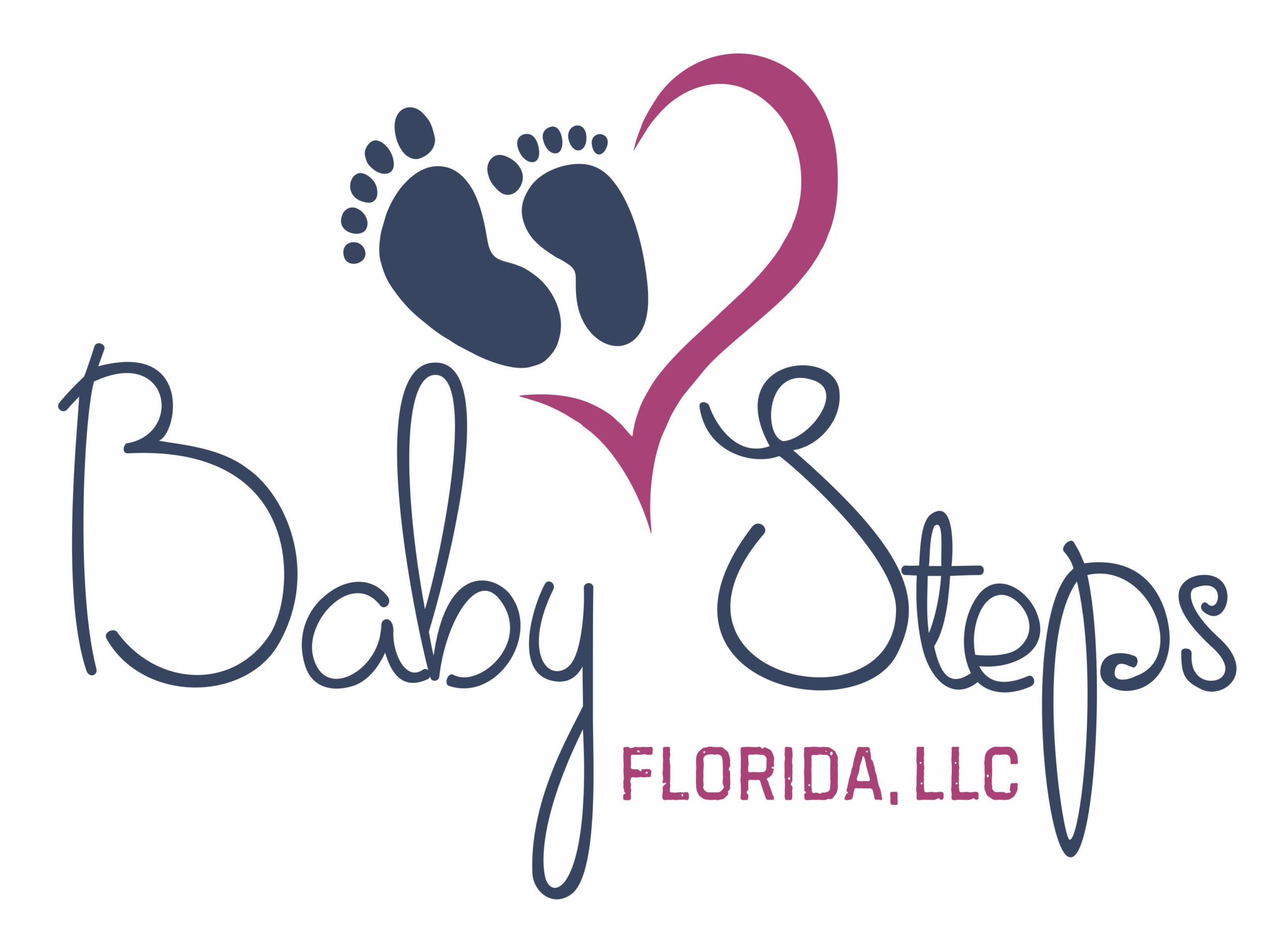Info

What can an occupational therapist do for my infant?
Occupational therapists assess a child’s skills based on their age and customize activities to fulfill individual needs. They also offer parents guidance on strategies to support ongoing growth in achieving developmental milestones. A key goal of occupational therapy during different developmental stages is reinforcing and fostering the relationship between parents and their children. Occupational therapists are trained to hear your concerns, address challenges, and provide practical tools for success at home.
Fun fact: Children have occupations, too! Occupations are not limited to jobs. An occupation refers to any activity that fills your time. For infants and toddlers, their key occupations include eating, exploring their surroundings through their senses, developing motor skills, connecting with their caregivers, and playing. During occupational therapy sessions, your therapist will concentrate on these activities to support your child’s development. While it is important to remember that each child develops at their own pace, it’s also important to monitor their developmental milestones.

Ages 0-3 Months
Ages 4-6 Months
At this stage, infants learn to coordinate their eyes and hands to grasp their favorite toys or reach for caregivers. They explore toys by shaking them or bringing them to their mouths. Your baby may begin rolling from tummy to back, which can initially be alarming for them. They should keep developing their strength in head control and their ability to push up during tummy time.
To promote these skills, occupational therapists will demonstrate techniques to support rolling, including optimal toy placement and how parents can use their bodies to encourage movement. OT sessions will engage them with sensory experiences through toys that offer a variety of textures, sounds, and visuals, motivating them to reach for and interact with toys in different positions (e.g., lying on their side, back, tummy, or while sitting). Parent education will also focus on proper positioning throughout the day to prevent your child from spending excessive time in one position.


Ages 6-9 Months
Ages 9-12 Months


Ages 13-14 Months
At this stage, your toddler should be flipping through pages of a board book, scribbling on paper, holding two blocks in one hand, and enhancing their problem-solving abilities. They should be able to empty containers and, with some guidance, place items into them. Additionally, toddlers should be capable of independently inserting pegs into a large pegboard and correctly fitting at least one shape into a simple inset shape puzzle. During this phase, encourage your child to gain more independence by allowing them to actively participate in getting dressed by holding out their arms for sleeves, lifting their legs for pants, and attempting to remove easy items like shoes and socks. Mobility is also advancing, as your toddler should be able to take at least five steps forward, bend down to pick up a toy from a standing position, and maintain kneeling balance without help. Therapy sessions will focus on improving their fine motor and visual skills for play, as well as developing their core and upper body strength necessary for balance and coordination.
Ages 15-18 Months
At this stage, your toddler will continue developing their fine motor and visual motor skills, which are essential for social engagement and play. Your toddler should be able to stack 2-5 blocks independently, isolate their index finger to point or poke, and attempt to bring a spoon to their mouth for self-feeding. Inset puzzles should become easier, and your toddler will use a fisted grasp on a marker while scribbling on paper. This is the age when your child should begin attempting to kick a medium-sized ball forward. Occupational therapists will continue to support and enhance these milestones as your child grows and develops


Ages 19-24 Months
At this stage, you can incorporate toys with pop-ups, nesting and sorting toys, picture match inset puzzles, trucks and cars, animals with a barn, and a play kitchen to enhance your toddler’s fine motor, visual motor skills, and play skills. Your toddler may start to imitate drawing vertical lines, self-feeding with a fork or spoon, and drinking from an open cup. This can be messy – and that’s perfectly fine! Messy play is crucial at this age. Allow your toddler to experiment with different textures and foods, as this will help reduce the possibility of adverse behaviors during playtime. Mobility will also continue to progress. Your toddler may jump 2 inches with both feet together, begin climbing consecutive stairs independently, kick a ball with one foot, and throw a ball with one hand. Occupational therapists will focus on these skills while urging families to incorporate messy and floor play at home. It is important for the therapist or parent to get on the ground with the child, following their lead and engaging in play activities. This approach nurtures emotional connections, enhances social skills, and promotes communication development, all while respecting the child’s interests and stage of development.
Every child progresses at their own pace, making these fine motor and visual motor milestones only approximate. As skills evolve at these general ages and stages, they build upon one another.
Above all, we work hard while having fun, making this journey a wonderful, shared experience with our families.
For more information, you can visit the following websites:
Important Jacksonville Providers
Tribe Rehabilitation
Blossom & Grow OT
Jax Kids Aquatics
TheraPlay Jax
